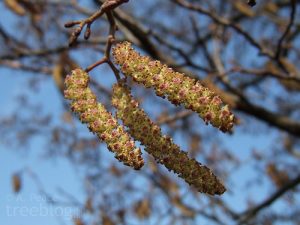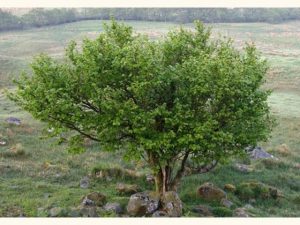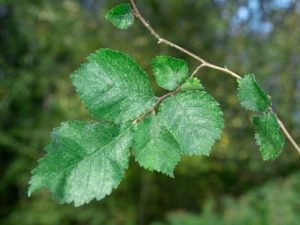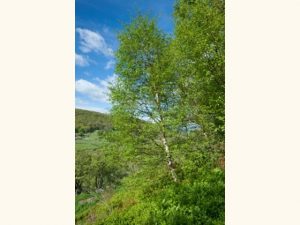HayMax Tree Pollen Springtime Roundup!
25% of UK hay fever sufferers have reactions triggered by tree pollen. If you’re one of them, you might already have symptoms. Snotty nose, itchy eyes, sneezing; familiar?
Here you’ll find the HayMax roundup of most allergenic (hay fever causing) trees in the UK, and some simple advice for feeling healthy this spring.
Alder – Alder trees are often found by river banks, where the exposed roots in the water can provide excellent hiding places for small fish and critters. [1]
Alder pollen can be released as early as January and is produced by distinctive long conical flowers called catkins. The pollen is carried by the wind (which means it ends up everywhere, including in your home, on your clothes and up your nose!).

(Image credit: www.treeblog.co.uk)
Hazel – Hazel trees can live for hundreds of years and are found amongst birch and oak woodlands, and also in areas of scrub and hedgerow. [2] A very adaptable tree with lots of pesky pollen.
Hazel pollen is released slightly later than Alder pollen, so now it’s April, Hazel will be in full swing. Again, pollen is released from ‘catkins’ and is wind pollinated.

(Image credit: www.woodlandtrust.org.uk)
Elm – Mature elm trees can grow as tall as 30m, and the wood is strong and has a tight twisted grain. Perfect for turning and ornamental use. Wind pollinated again, but the elm can also pollinate flowers from the same tree.
In warmer southern UK climates, pollen can be released as early as late January, however late March –Early April bring the peak of pollen being released into the air.

Willow – There are nearly twenty native willow varieties in the UK. Some produce wonderful bendy branches which are great for weaving, whilst others are brittle.
They all produce highly allergenic pollen which is released from late March to late May. [3]

(Image credit: www.woodlandtrust.org.uk)
Birch – Arguably the most problematic tree of them all for hay fever sufferers. In the same family as alder and hazel trees, the birch is the worst of the bunch for the 25% of UK hay fever sufferers that are allergic to tree pollen.
Birch pollen peaks in early March, and can often be seen in large yellow clouds in both towns and countryside.
Sufferers who are allergic to birch pollen, are particularly susceptible to Oral Allergy Syndrome, sometimes known as Pollen Food Syndrome. OAS is a reaction to certain foods which have a similar protein profile to birch (and other allergens). Find out more here: Allergy UK. [4]

(Image credit: www.woodlandtrust.org.uk)
For some practical, HayMax style advice on managing your hay fever, click here.
References:
[1] http://treesforlife.org.uk/forest/alder/ [2] https://www.woodlandtrust.org.uk/visiting-woods/trees-woods-and-wildlife/british-trees/native-trees/hazel/ [3] https://www.woodlandtrust.org.uk/visiting-woods/trees-woods-and-wildlife/british-trees/native-trees/white-willow/ [4] https://www.woodlandtrust.org.uk/visiting-woods/trees-woods-and-wildlife/british-trees/native-trees/downy-birch/ [4] https://www.allergyuk.org/oral-allergy-syndrome/oral-allergy-syndrome











